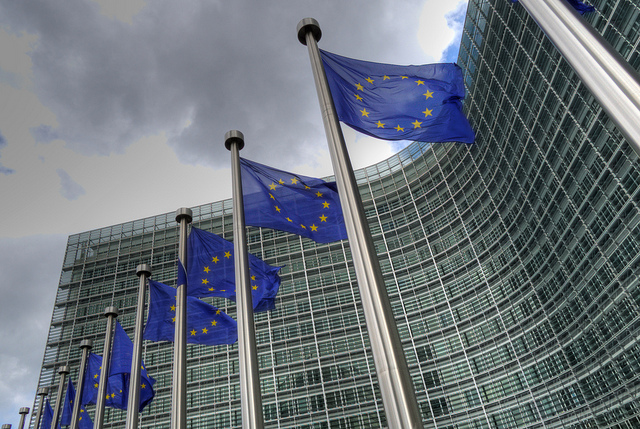Now that PV technology, such as modules and inverters, have fallen sharply in cost, it seems about right that the cost of capital for PV developments should also follow suit in all areas of the world, especially as large-scale PV developments are highly capital intensive. However, a new study by Ecofys into the countries of South Eastern Europe has found that the weighted average cost of capital (WACC) for PV and onshore wind projects is above the average cost of capital for other investments, leading to the conclusion that support policies are needed to bring down these costs by reducing the risk of investment.
The research study that was undertaken by Ecofys is entitled Pricetag project and was funded by the European Climate Foundation. It assessed the cost of capital for ground-mounted PV and onshore wind projects in Bulgaria, Croatia, Greece, Hungary, Romania and the Slovak Republic.
Calculating the cost of capital
Firstly, it is important to understand that the cost of capital for any investment is often directly linked to the perceived risk of the investment, so that a project high in risk will have a high cost of capital, while capital for a low risk project is likely to be cheaper. Before handing over any money, lenders will assess the risks of a PV project, for example, and if they perceive that there are high risks, they will ask for more securities and possibly charge higher fees, which will directly affect the cost structure of the project.
Ecofys found within the study that between 2014 and 2016, the WACC has decreased for all economic investments, and that the average cost of borrowing fell by approximately 30%. Interestingly, the WACC for PV and wind investments has not enjoyed the same decrease, with the cost of capital remaining well above the average.
“In most countries explored within the Pricetag project, investing in wind onshore and PV projects is perceived as a riskier investment compared to equivalent investments e.g. in infrastructures,” commented David de Jager from Ecofys.
Popular content
Obtaining capital cost parity
The main drivers for the general decrease in WACC across the countries explored within the study were the policies of the European Central Bank and the national central banks. Therefore, the natural conclusion is that support policies for renewable energy projects would also be able to drive down the cost of capital for PV and wind projects in those countries, as it would help to alleviate some of the risk.
The policies that are required to be created would need to allow lenders more certainty in the revenues and the expenditures of the renewable energy projects. And these policies need to be applied at the top level, to gain the confidence of the lenders.
“This report tells us something very important about how Europe can achieve its renewable energy goals,” said Chris Barrett from the European Climate Foundation. “The lower interest rates of recent years on their own are not enough, investors need clear and supportive policies – country-by-country and at the European level – to ensure renewables are deployed at the pace and capacity the low-carbon transition demands.”
This content is protected by copyright and may not be reused. If you want to cooperate with us and would like to reuse some of our content, please contact: editors@pv-magazine.com.


By submitting this form you agree to pv magazine using your data for the purposes of publishing your comment.
Your personal data will only be disclosed or otherwise transmitted to third parties for the purposes of spam filtering or if this is necessary for technical maintenance of the website. Any other transfer to third parties will not take place unless this is justified on the basis of applicable data protection regulations or if pv magazine is legally obliged to do so.
You may revoke this consent at any time with effect for the future, in which case your personal data will be deleted immediately. Otherwise, your data will be deleted if pv magazine has processed your request or the purpose of data storage is fulfilled.
Further information on data privacy can be found in our Data Protection Policy.